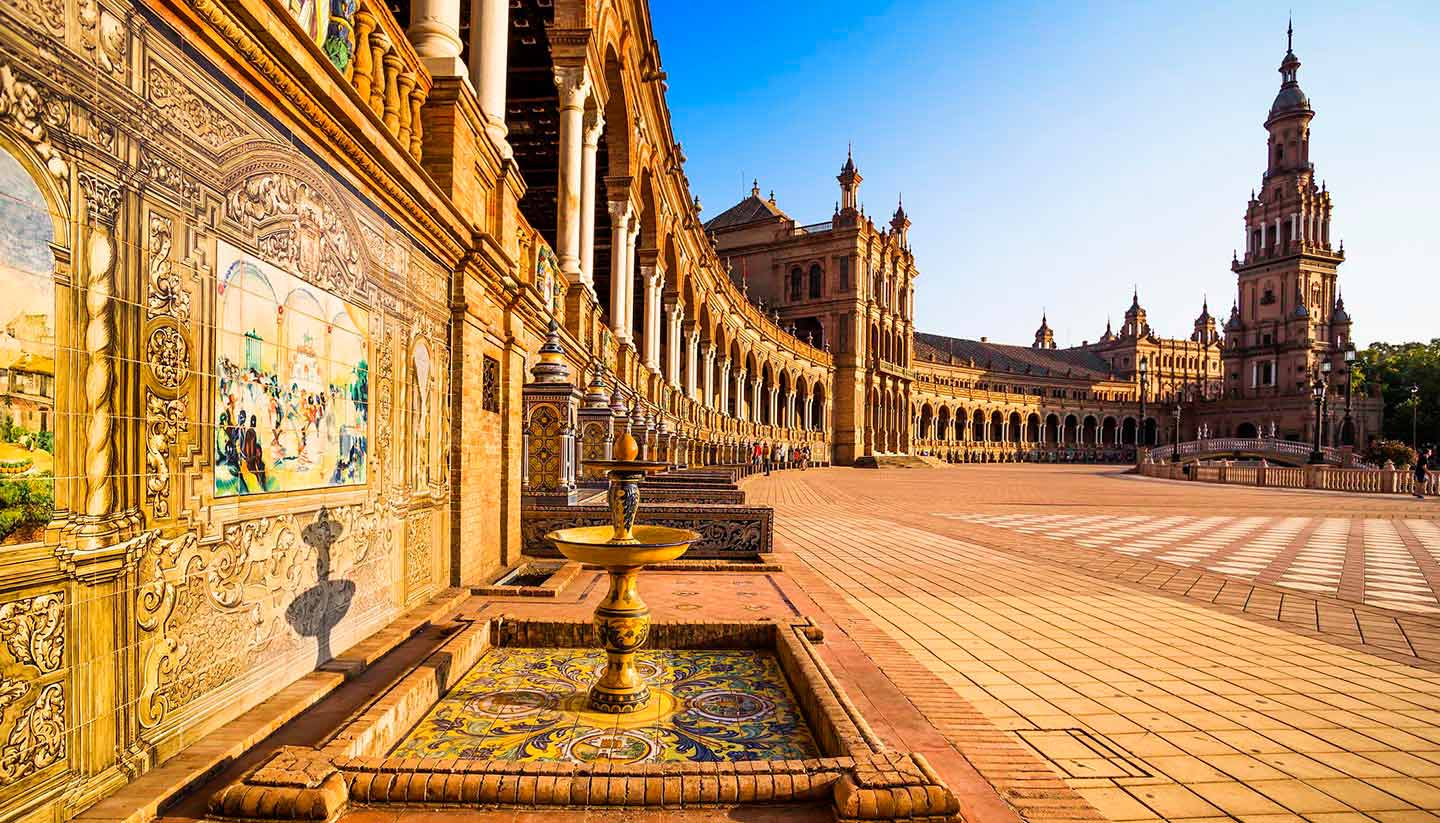Seville History
Legend has it that Hercules founded Seville himself upon six stone columns. However, the area was settled in the Bronze Age. Later, the Romans made Seville (which they called Hisplais) a principal city of Roman Andalusia. It flourished tremendously under their rule and several monuments erected during the time survive to this day, including the city’s aqueduct.
When the Moors crossed the Strait of Gibraltar with a huge army in the early 8th century, the city fell under their control for the next few hundred years. It was re-branded Isbiliya, from where the name Seville stems, and filled with architectural masterpieces such as the breathtaking Alcázar palace.
Fernando III of Castile reclaimed Seville for the Christians in 1248 and the city prospered further in the 16th and 17th centuries after Christopher Columbus discovered the New World. Seville then became the most important port in Europe as ships departed for the Americas as part of the Spanish expansion. The legacy of sparkling churches, royal palaces and beautiful houses endures to this day.
In 1755, an earthquake severely damaged the city, but much of it was rebuilt in extraordinary fashion under Isabella II during a construction boom about a century later. It continued to grow in the 19th and 20th centuries. During the Spanish Civil War (1936-39), it fell quickly to the forces loyal to Franco. Thousands of civilians from the city died in the conflict.
Towards the end of the 20th century the good times arrived again, and Seville held the World Fair in 1992 – 500 years since Colombus reached the New World. The Expo led to the construction of more modern complexes on the Isla de Cartuja. Popular with tourists and with an architectural treasure trove almost unmatched in Spain, Seville now lies close behind Madrid and Barcelona as a cultural centre.
Did you know?
• Italica, a nearby Roman colony, was the birthplace of Emperors Trajan and Hadrian.
• Seville’s importance dates back to its standing as capital of Castile, the most prominent kingdom in Spanish history.
• The President of Spain between 1982 and 1996 was a Sevillian, Felipe González.


